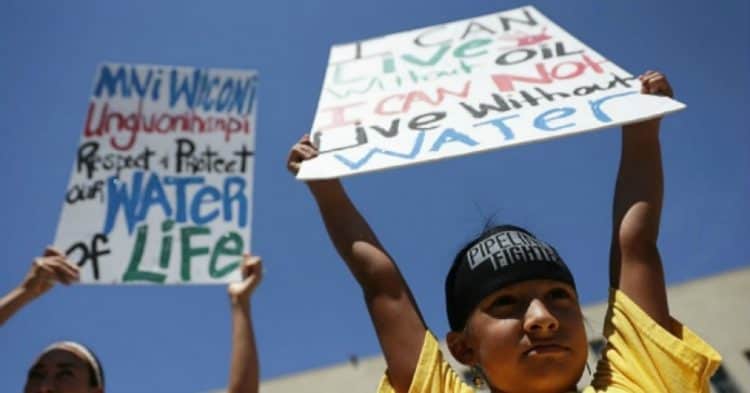
By Brady Johnson

‘Each of us had moments when our eyes were filled with tears’
Hundreds of Native Americans and their supporters continue to protest
construction of the Dakota Access Pipeline on the reservation of the
Standing Rock Sioux Tribe in North Dakota. Protestors clashed with law enforcement officers late Sunday and early Monday.
We spoke with one of the people who has visited ground zero of the
impasse, Peacemaker Judge George Atwood of the Pechanga Band of Luiseño
Mission Indians in Southern California. He attended the National
Judicial College’s Advanced Tribal Bench Skills course earlier this month and spent three weeks at Standing Rock this summer.
The U.S. Army Corps of Engineers has announced it will delay construction of the $3.7 billion project to hold discussion and analysis with Native American input. Last week the company building the pipeline asked a federal court to grant them authority to complete the project.
NJC: What originally compelled you to visit Standing Rock?
GA: I was on a long western road trip this summer with my wife in our camper and my daughter and her fiancé in their trailer. We had been seeing the reports on social media about the gathering to protect the water near Standing Rock, North Dakota. One night at our campfire near Bozeman, Montana, my daughter said simply, “We need to go to Standing Rock.”
NJC: What did you do while at Standing Rock?
GA: We became “Burrito Camp,” and I became known as “Burrito Man” because I was the outdoor visible face of the camp kitchen we made. People would often pray for us in their Native language when we handed them food. Many times, people thought we were selling burritos, and perhaps having no money, they would decline the food. When we would say, “They’re free,” they would light up with a gratitude that was all the compensation we could have asked for. We made 400-500 burritos a day.
There were interruptions to our routine; prayer circles, camp meetings, gatherings for incoming tribal delegations, and much more, but through most of these we kept making burritos. I’ve done a lot of hard work in my life; my career was as a wildland firefighter for the U.S. Forest Service for 25 years. Nothing I have done was more difficult as well as more rewarding than Burrito Camp at Standing Rock.
NJC: What was your general takeaway from your time at the tribe after becoming involved in this issue?
GA: I am not a political activist. I’ve never participated in a protest before. I went to Standing Rock to be in service to this movement because my daughter led the way and because I have always had a strong and innate spiritual connection to protecting Mother Earth. As a side note, I learned that many people, regardless of their ethnicity, have this innate drive to protect Mother Earth.
I’ve heard the camps at Standing Rock described as “the moral center of the universe right now.” All I know is there’s real spiritual power there, incredibly strong medicine. In the time that I was there, I lost almost 15 pounds while eating plenty. I stopped having any knee pain in my badly arthritic (bone-on-bone) knees. I stopped having any acid reflux from my hiatal hernia.
Every day, there were pipe and prayer ceremonies at all hours. Numerous sweat lodges were set up. At night the sounds of drums and singing could be heard from multiple locations around camp. So many times, a huge eagle would slowly soar overhead at the most poignant moment that it really seemed that surely that eagle was paying attention, too.
This is the first time since the Battle of the Little Bighorn in 1876 that all seven of the Sioux Tribes came together at one Council fire. And whenever a new tribal delegation arrived, hundreds of people from all the far reaches of Camp would run, walk, and ride up to the main area to greet them. It occurred to me that this kind of old custom and tradition, village greeting, has not been seen in America in any context for likely over 100 years. Every moment of every day there was an amazing gift, another blessing. Every day each of us had moments when our eyes were filled with tears.
NJC: What do you hope to see as the outcome of this controversy?
GA: I don’t believe it’s realistic to expect that the DAPL pipeline will not eventually cross under the Missouri River. There’s too much money and power behind it, and President-elect Trump will likely push it forward. But battles aren’t fought because we know how the war will turn out. They are fought because we don’t know. This war is about changing hearts and minds so America moves toward solar and wind-generated energy much faster than we are currently doing.
The corporate love affair with fracking represents a fundamental shift in American energy policy, away from conventional oil and gas, away from the shift to renewables, toward what should be called “extreme energy”—energy that is more dangerous, more expensive, worse for all life, and worse for the planet. This is not a conservative energy policy. From a traditional or indigenous perspective, it’s radical. Keeping the oil in the ground is conservative. Protecting the water, protecting all life, protecting our children and those still to come is a conservative policy to me. I see that when a company has a business plan that will hurt the environment and harm humans for the purpose of making the most profit for the fewest people, they have, for all intents and purposes, become a domestic enemy of the state. Those who have sworn an oath to protect America from all enemies foreign and domestic should recognize this and stand up and put a stop to this radical extreme-energy harvesting.
I believe that what is going to happen over the next several years is that the young people–the Seventh Generation–will continue to step up in growing numbers to push back against these extreme-energy policies by organized and focused resistance. The Seventh Generation feels a greater urgency to conserve our resources than my generation and older ones do. They feel that they can’t afford to wait for the baby boomers to die so they can change things, and they’re probably right. They are saying, “Not on my watch.” They really are our future, but their future is now. My hope is that more of my generation wakes up to support them.
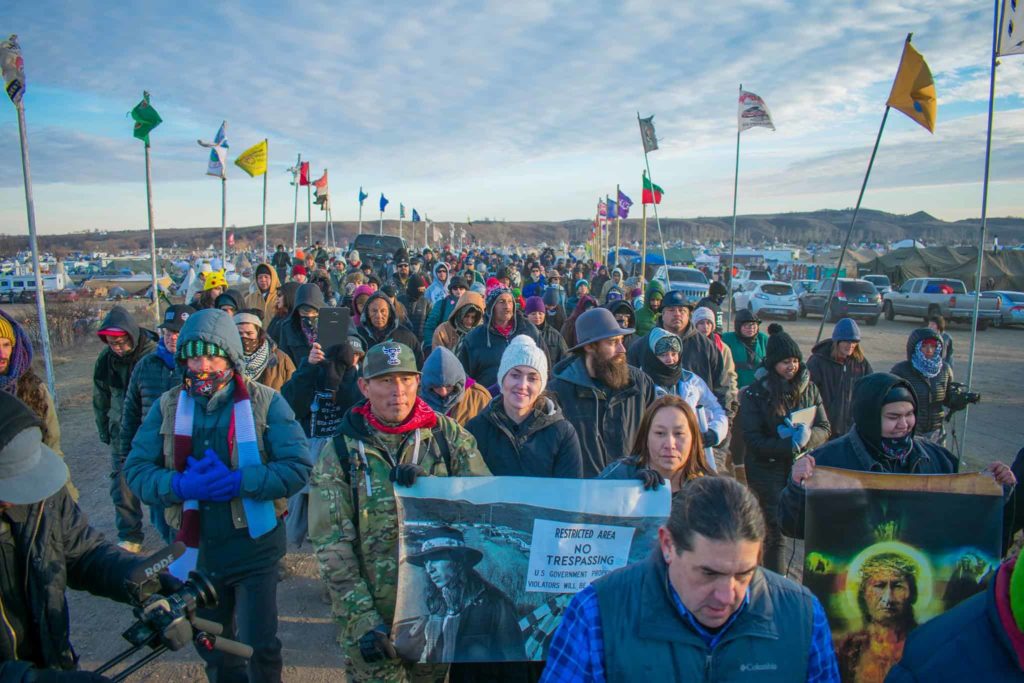
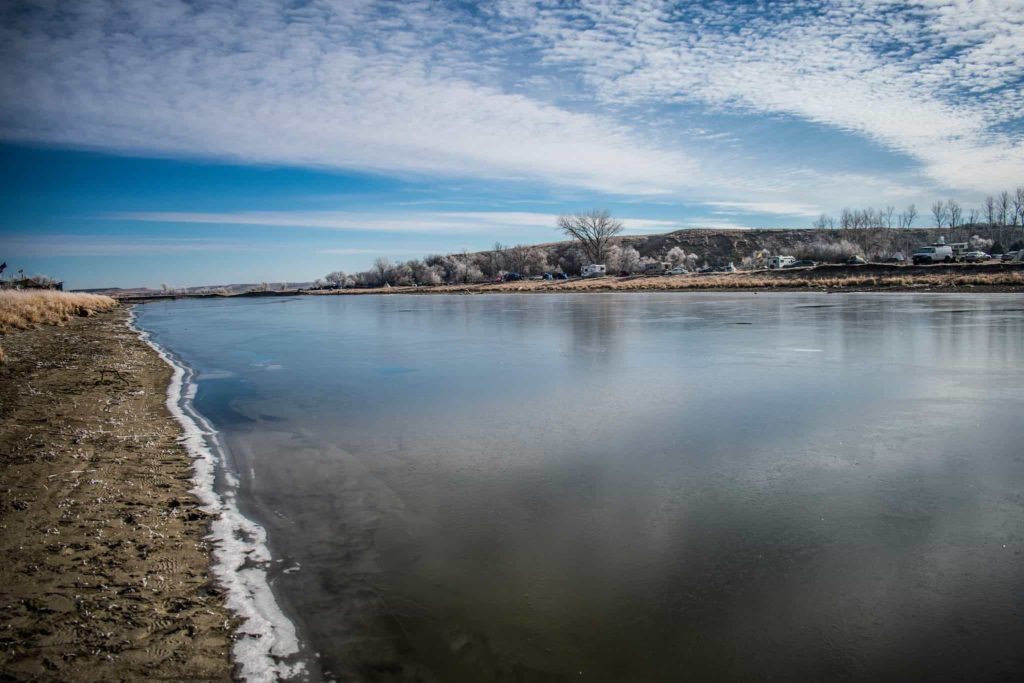
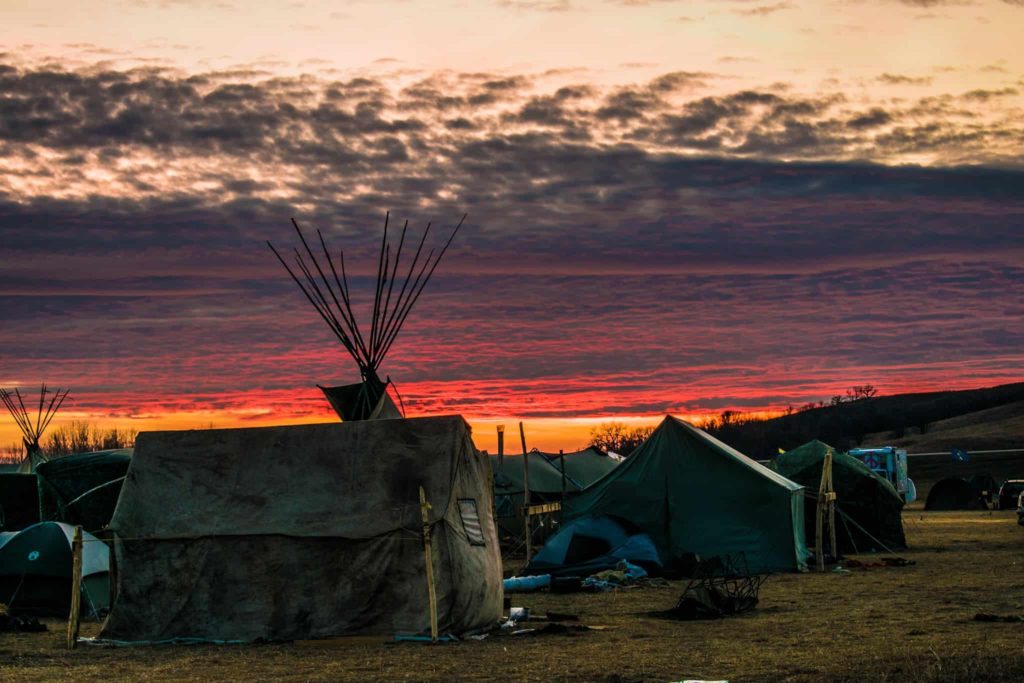
Photos of Standing Rock Camp courtesy Bucky Harjo.
Since the beginning of The National Judicial College more than 50 years ago, tribal judges have attended the NJC’s courses. In 1992, the College began offering courses specifically for the tribal judiciary. The NJC wanted to establish a separate center that focused solely on tribal justice, and so, in 2002 the NJC founded The National Tribal Judicial Center. The Center is one of the first organizations to address the distinctive needs of American Indian and Alaska Native tribal law practitioners and remains one of the few to do so. Judges, peacemakers, court personnel and multi-disciplinary teams from many nations across Indian Country come to the NTJC to learn with and from each other.
Related Courses
Advanced Tribal Bench Skills: Competence, Confidence and Control, October 23-26, 2017, Reno, NV
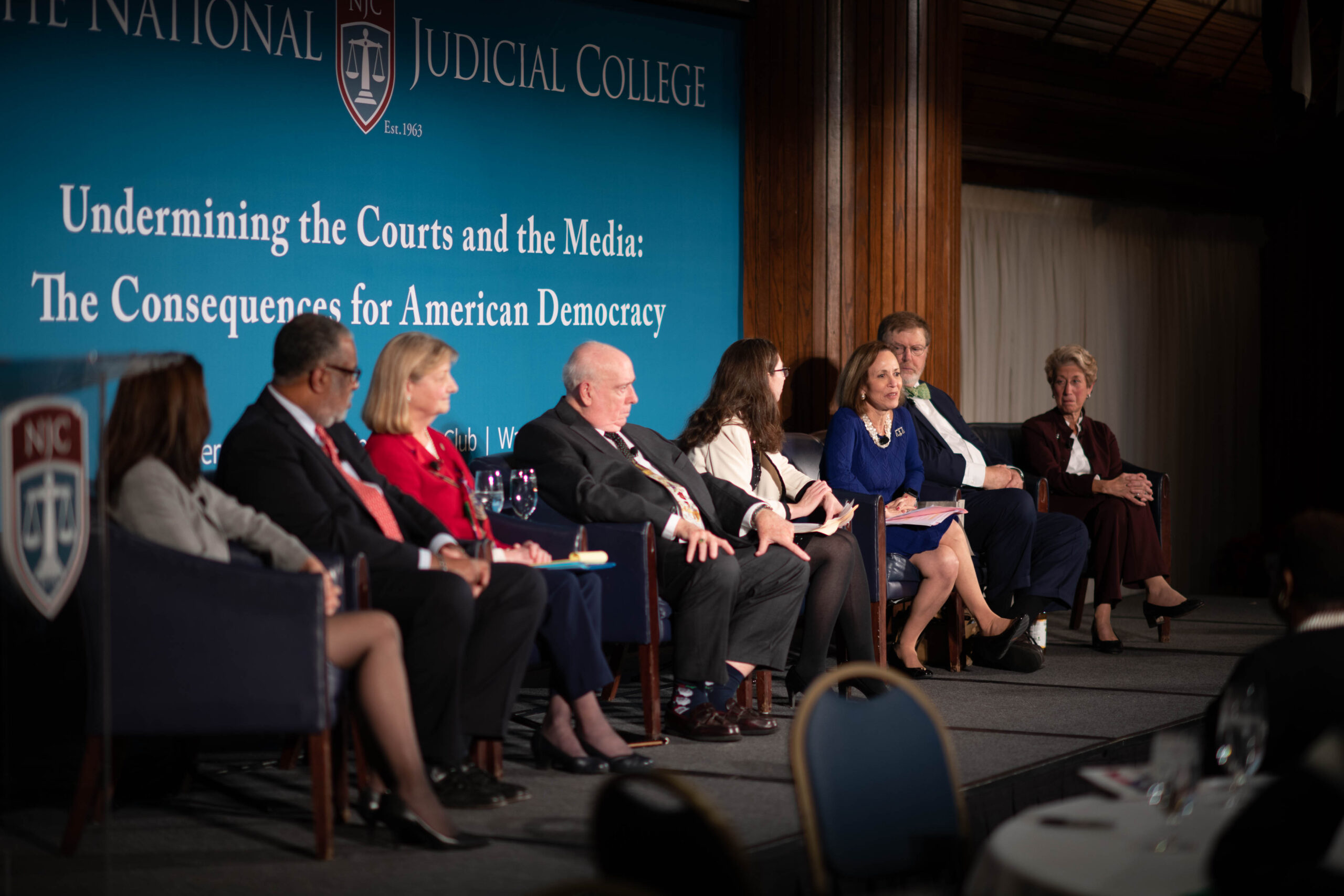
CHICAGO – The American Bar Association Judicial Division announced recently that TheNational Ju...
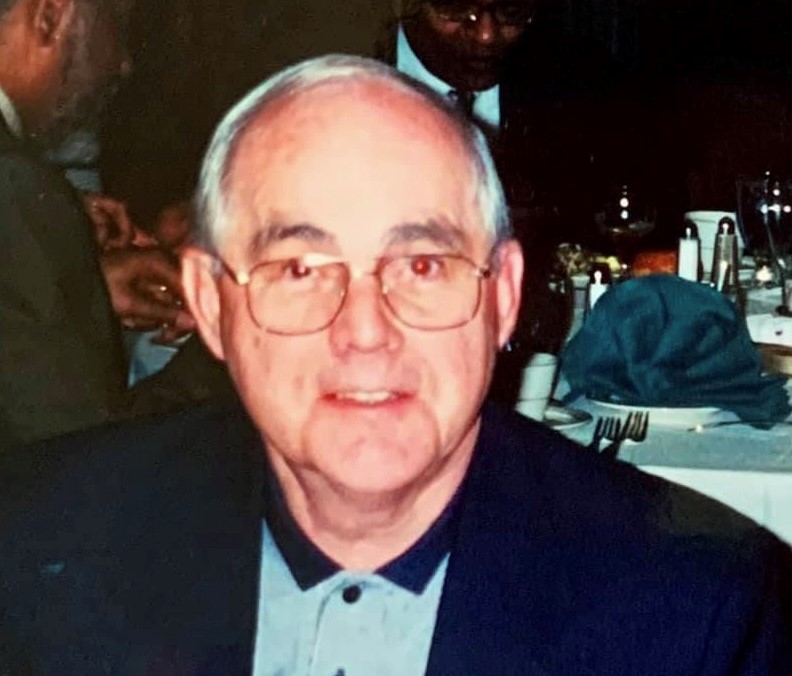
The National Judicial College is mourning the loss of former faculty member Judge Duane Harves, who passed ...

As the world manages an evolving natural environment, The National Judicial College announced today that it...

Do’s Manage your cases systematically Devise a system that works for you and your organizational...
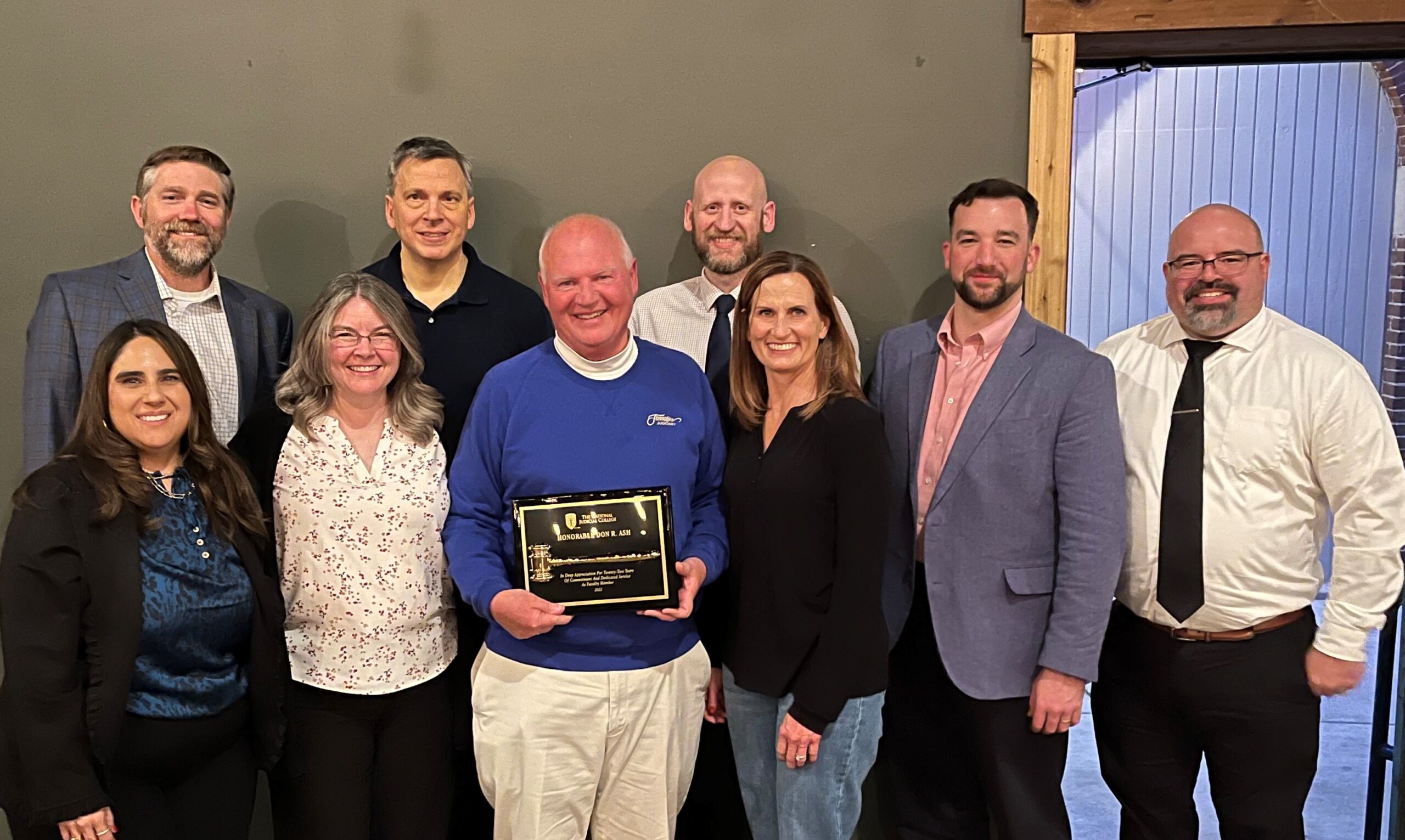
After 22 years of teaching judges, Tennessee Senior Judge Don Ash will retire as a regular faculty member a...